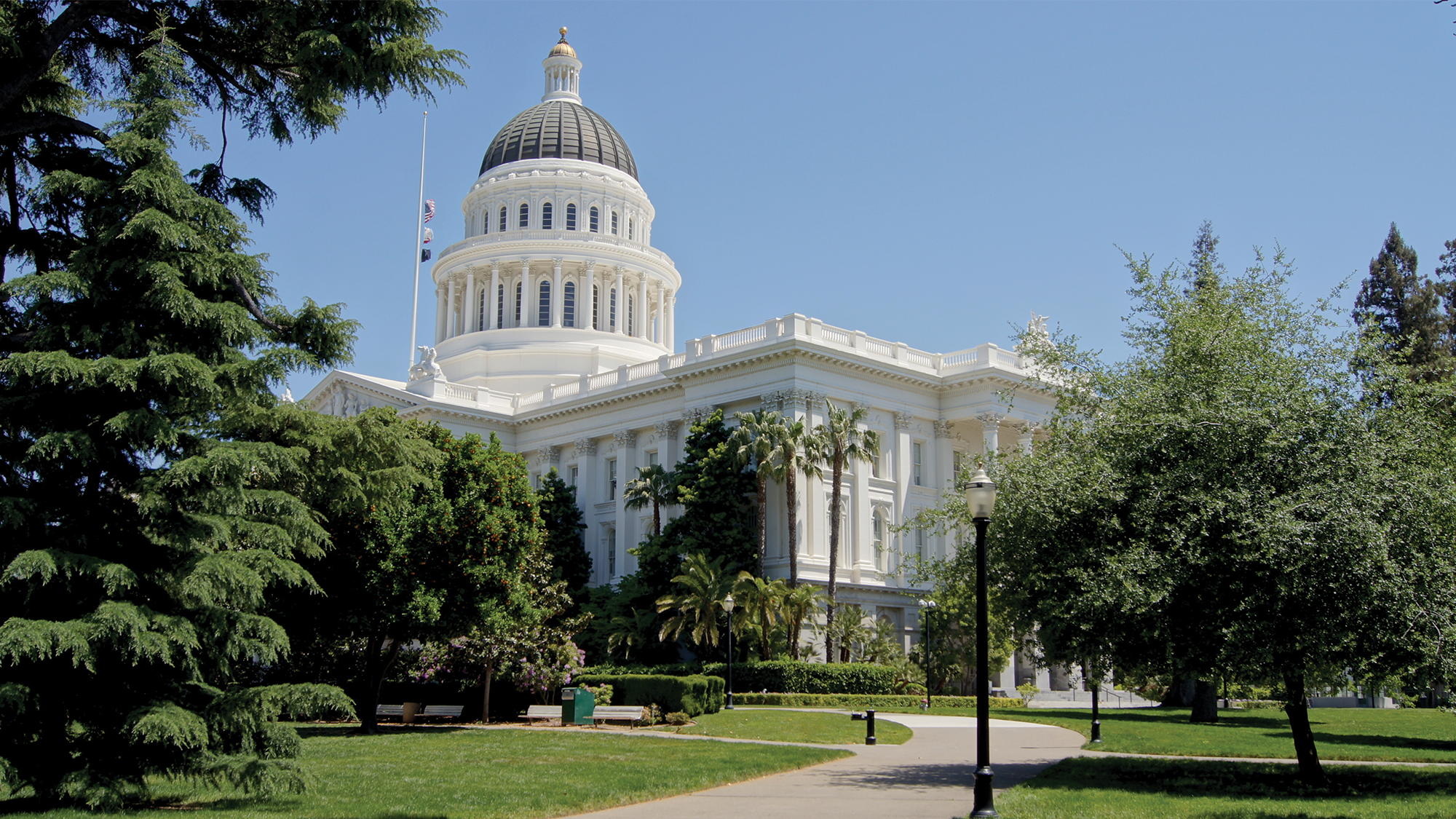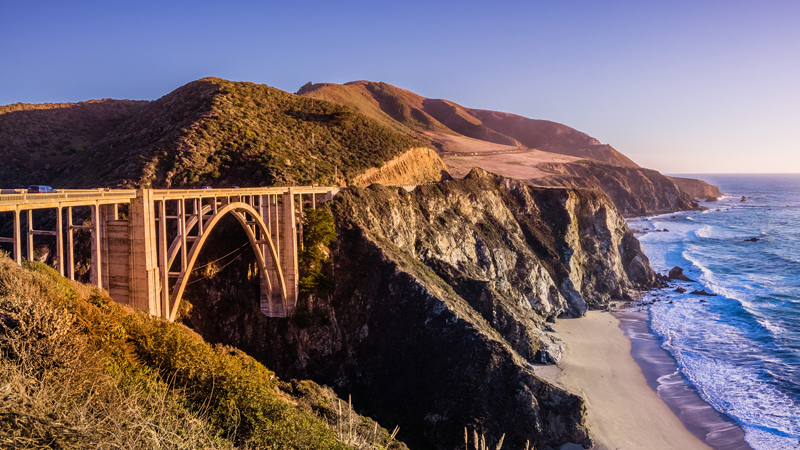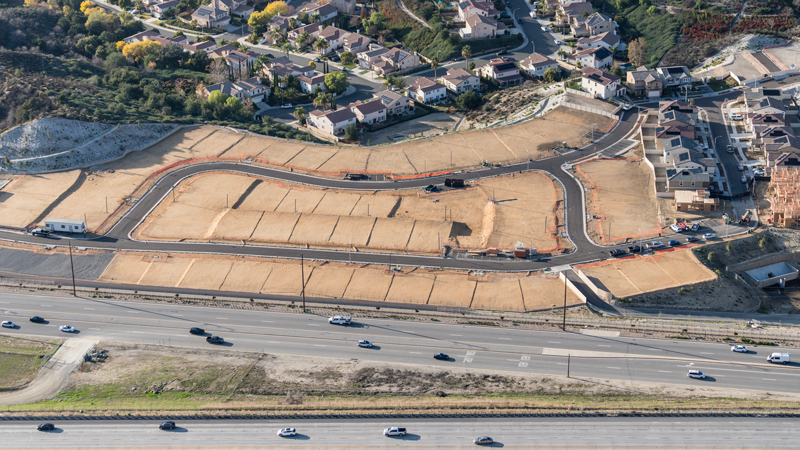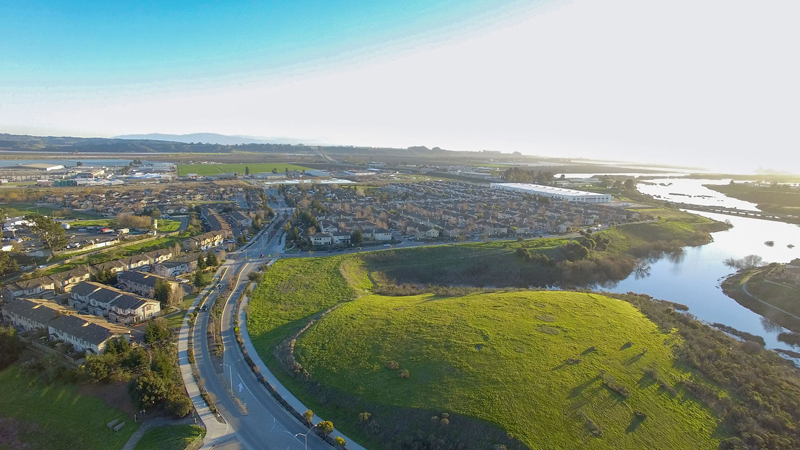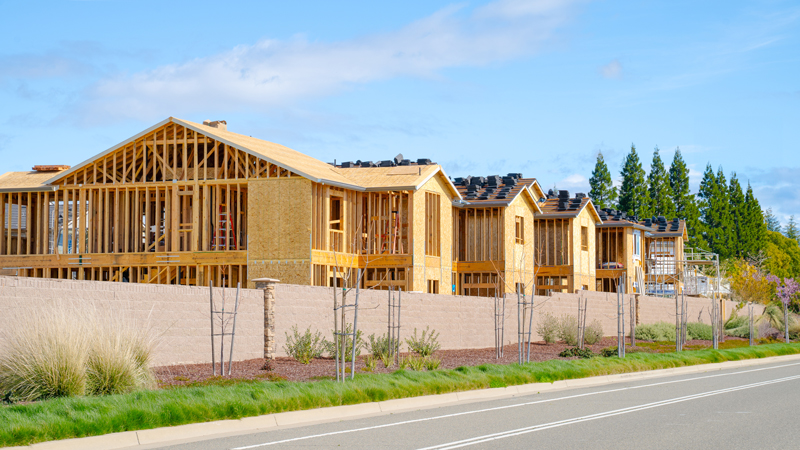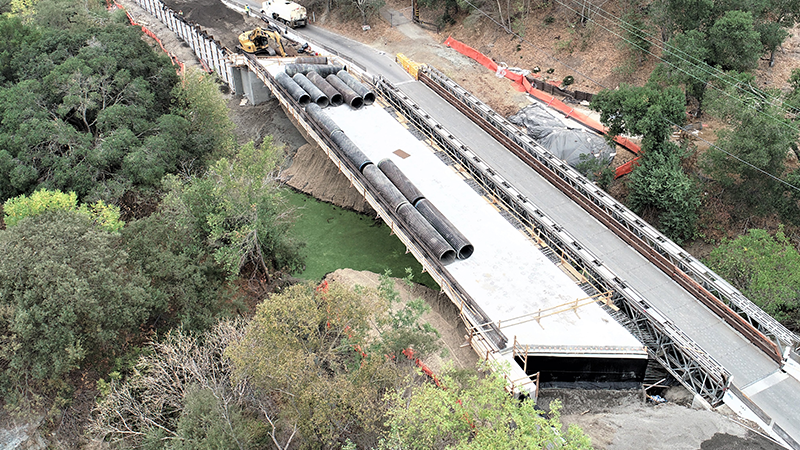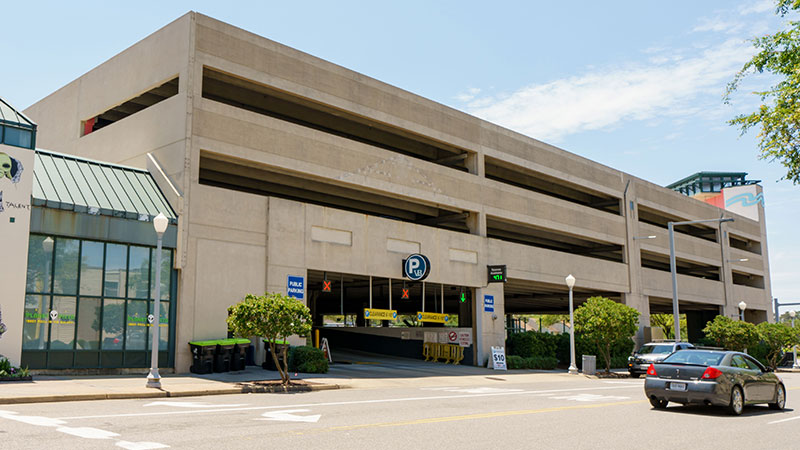Blogpost
3.3 minute read
October 16, 2018
For over 50 years, cities across California have relied on Rule 20A to help improve their streetscapes. Enacted by the California Public Utilities Commission, the rule requires the largest utilities (PG&E, SDG&E, and SCE) to allocate a certain amount of monetary credits for cities each year to help fund undergrounding programs. Cities can draw from their Rule 20A allocations to relocate overhead electric facilities underground.
Even with 20A, undergrounding projects can be complicated, arduous, and expensive endeavors. At Harris, we’re very familiar with the litany of challenges. Before joining the Harris team, I managed PG&E’s Rule 20 program and wrote testimony for their rate cases. My colleague, Rocco who co-authored this blog post with me, ran PG&E’s utility undergrounding and gas and electric relocation programs.
With our experience and knowledge of the Rule 20A program, we can help you successfully navigate the intricacies of Rule 20A—including the latest round of updates and their impact.
Examining What's New
Several changes to Rule 20A, specific to PG&E, first explored in 2012 have finally become official. Essentially, amendments clearly designate certain responsibilities to cities and others to PG&E.
Some noteworthy examples include:
- Initially, cities themselves had to cover costs associated with paving and restoration beyond the standard undergrounding excavation cost. Now, these costs are a shared responsibility with joint trench participants.
- Securing easements and all rights-of-way were also previously the responsibility of the city or governmental body. But because this process delayed many projects, cities and PG&E will now share these responsibilities.
- The revision states that cities can decide how to address streetlights before the start of the project design. Previously, they were required to pay for streetlights according to a Street Light Agreement and remove the lights attached to utility poles in the specified undergrounding district.
- Cities can now use Rule 20A credits for core samples, helping to uncover any potential issues like contaminated soil or cultural resources, and allow for necessary design changes to avoid these issues and unexpected increases in project costs. Proactive tasks like this go a long way, considering the cost implications of digging a trench and finding, say, a centuries-old burial ground.
What Hasn’t Changed: A Tricky Approval Process
Utilities still have strict criteria for granting approval to undergrounding projects. For instance, any proposed undergrounding project must qualify as one that is in the public interest. (After all, utility customers are technically the ones paying, via future electric rates.)
Qualifying reasons include undergrounding projects that:
- Eliminates an unusually heavy concentration of overhead lines
- Involves a street or road with a high volume of public traffic
- Benefits a civic or public recreation area or a place of unusual scenic interest
- Occurs along a street, road, or right-of-way deemed an arterial street or major collector as defined in the Governor’s Office of Planning and Research Guidelines
A Good Rule: Ask Experts for Help
Currently, about 30 to 40% of cities manage their own Rule 20A projects. For larger cities with attorneys and staff dedicated to undergrounding, this is no big deal. But smaller cities often find they’ve taken on more than they can handle.
It makes a huge difference to work with a trusted advisor who will advocate for you and who understands the parties and the process—from project approval to design through completion. At Harris, we work with electric, phone and cable companies, and cities like yours to oversee Rule 20A projects from start to finish.
A good advisor identifies issues that could delay your project, manages project costs, and will work for what’s fair—for cities as well as ratepayers. For example, there’s a common misconception among cities that they cannot charge the utility for undergrounding project administrative costs. However, no such rule exists. Understanding every detail can help you save money and time while avoiding major setbacks.
Have more questions about undergrounding or Rule 20A? Reach out to us for more information.
Authors
Sindy Mikkelsen
Markets
Municipal
Public Works
Utilities
Planning + Development
Services
Civil Design
Municipal Engineering
Categories
Utility Undergrounding

